Primox
✅ Relieves depression symptoms
✅ Alleviates chronic pain
✅ Improves mood
✅ Enhances sleep quality
✅ Treats nerve-related conditions
Primox contains Nortriptyline.
Product Overview
Primox is a pharmaceutical formulation containing Nortriptyline as its active component, classified under tricyclic antidepressants (TCAs). This medication is principally indicated for managing depressive disorders, anxiety conditions, and specific chronic pain syndromes. The therapeutic action of Primox involves elevating neurotransmitter concentrations (particularly serotonin and norepinephrine) in cerebral tissue, thereby ameliorating mood disturbances and anxiety symptoms. Furthermore, its mechanism may provide neuropathic pain relief through central nervous system neurotransmitter modulation.
Therapeutic Applications
Primox is clinically employed for major depressive disorder, dysthymia (chronic depressive condition), and generalized anxiety disorder management. Beyond its primary indications, healthcare providers may prescribe it off-label for various chronic pain syndromes including neuropathic pain, migraine disorders, and fibromyalgia. The medication effectively addresses symptoms such as persistent dysphoria, anhedonia, anxiety manifestations, sleep disturbances, fatigue, and psychomotor abnormalities.
Administration Guidelines
Primox should be administered orally in strict accordance with medical prescription. The standard regimen involves 1-4 daily doses, with or without food intake. Dosage parameters are individualized based on clinical presentation, therapeutic response, and patient-specific factors. Consistent adherence to the prescribed schedule is crucial for optimal therapeutic outcomes. Discontinuation should be gradual under medical supervision to prevent withdrawal phenomena.
Mechanism of Action
The pharmacological efficacy of Primox stems from its inhibition of neurotransmitter reuptake (primarily serotonin and norepinephrine) in synaptic clefts. This action potentiates neurotransmitter availability, restoring neurochemical equilibrium essential for mood regulation, emotional stability, and pain perception modulation. Through this dual mechanism, Primox effectively mitigates depressive symptoms, anxiety manifestations, and certain chronic pain conditions.
Dosage Protocol
Primox dosing requires careful titration based on age, clinical status, and treatment response. Therapy typically initiates with conservative dosing (25-75 mg daily in divided administrations), with progressive escalation as tolerated. The maximum recommended daily dosage generally does not exceed 150 mg. Special populations (geriatric patients or those with hepatic/renal impairment) necessitate dosage adjustments with closer monitoring.
Therapeutic Advantages
Primox demonstrates significant clinical benefits for affective disorders and chronic pain management. Its therapeutic profile includes mood stabilization, anxiety reduction, and quality of life enhancement. The medication’s efficacy extends to neuropathic pain conditions, migraine prophylaxis, and fibromyalgia symptom control. Available in both proprietary and generic formulations, Primox represents a cost-efficient therapeutic option for diverse patient populations.
Adverse Effects
Common adverse reactions may include xerostomia, vertigo, somnolence, visual disturbances, constipation, urinary hesitancy, weight fluctuations, and sexual dysfunction. While typically transient and mild in nature, persistent or severe symptoms warrant medical consultation. Rare but serious potential effects include cardiac arrhythmias, seizure activity, and hypersensitivity reactions requiring immediate intervention.
Precautions and Contraindications
Primox requires cautious administration in patients with seizure disorders, cardiovascular conditions, urinary retention, angle-closure glaucoma, or hepatic impairment. Significant drug interactions may occur with MAO inhibitors, SSRIs, anticholinergic agents, and certain antihypertensives. Pregnancy and lactation necessitate thorough risk-benefit assessment. Patients should exercise caution when operating machinery due to potential CNS depressant effects.
Storage Requirements
Maintain Primox at controlled room temperature (15-30°C) in a moisture-protected environment. Ensure secure storage away from pediatric and pet access. Avoid bathroom storage or humid locations. Dispose of expired or unused medication in accordance with regional pharmaceutical waste regulations.
Medical Disclaimer
The provided information represents expert-reviewed, evidence-based data intended for educational purposes only. This content does not substitute professional medical advice, diagnosis, or treatment. The complete safety profile, including potential drug interactions and contraindications, may not be fully enumerated herein. Patients must consult qualified healthcare providers for personalized medical guidance. This information aims to facilitate informed patient-physician dialogue, not replace clinical judgment.
| Strength | 25 mg |
|---|---|
| Quantity | 30 Tablet/s, 60 Tablet/s, 90 Tablet/s, 180 Tablet/s |
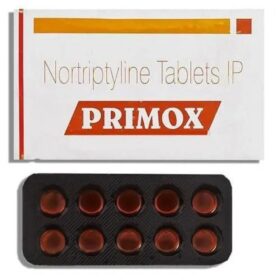 Primox
Primox










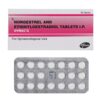

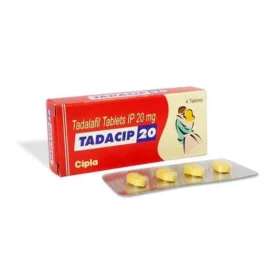
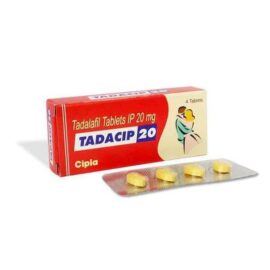
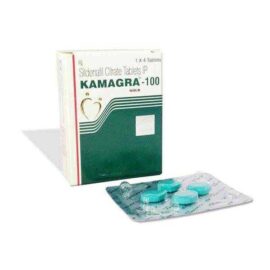
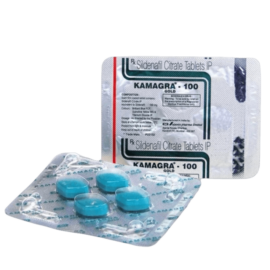

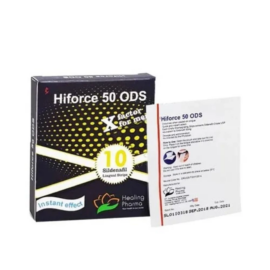
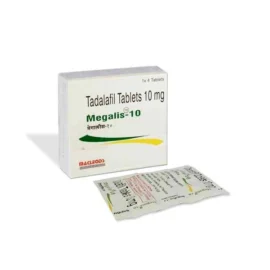
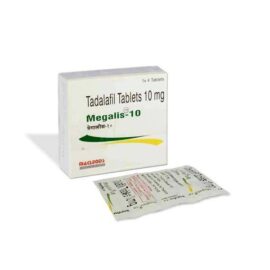
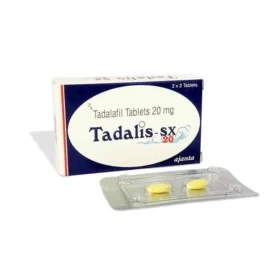
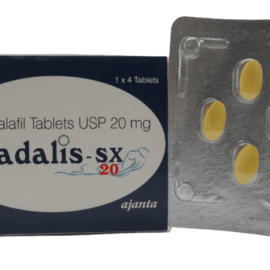
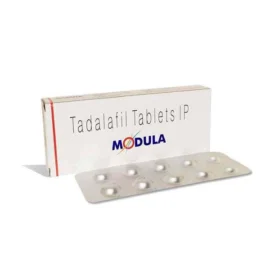
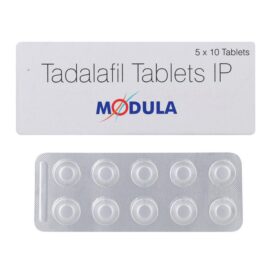
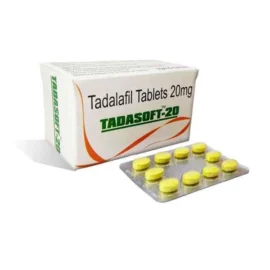
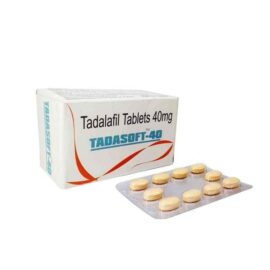
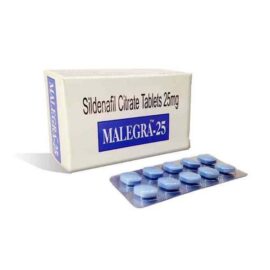

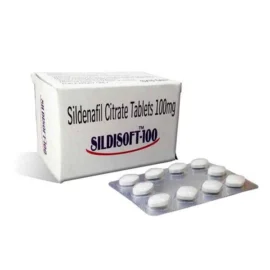
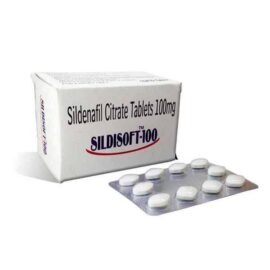


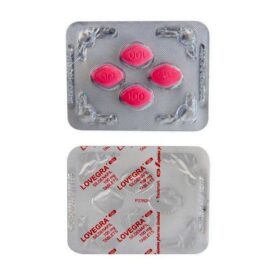
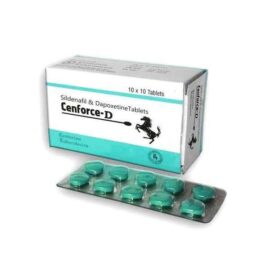
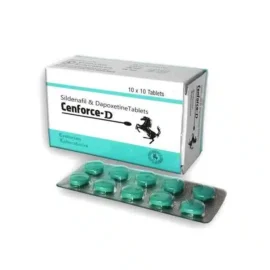
Reviews
There are no reviews yet